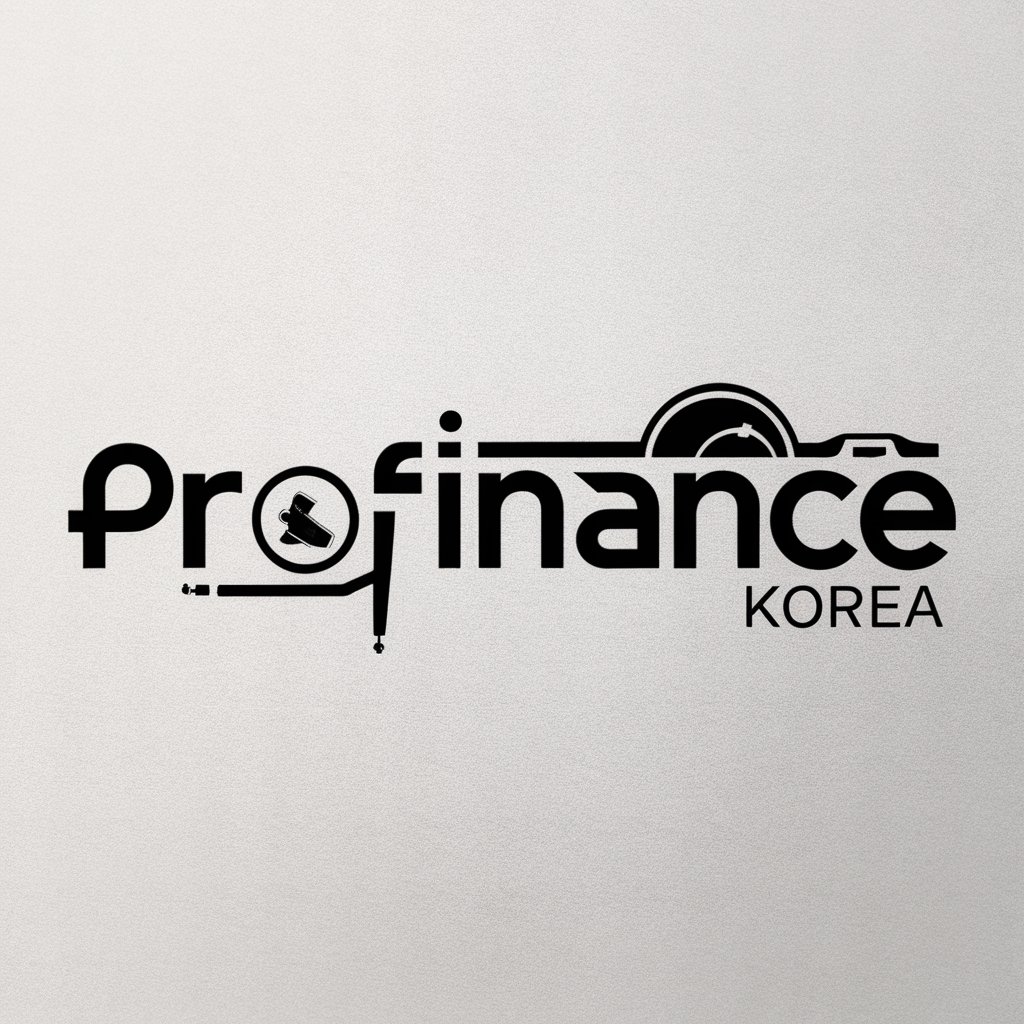The future of decentralized finance (DeFi) platforms

The future of decentralized finance (DeFi) involves evolving trends such as regulatory attention, enhanced interoperability, and the rise of decentralized autonomous organizations (DAOs), all aiming to reshape the financial landscape.
In recent years, the future of decentralized finance (DeFi) platforms has captured the attention of financial enthusiasts and skeptics alike. As technology evolves, it’s worth considering how these platforms could reshape our financial interactions. What possibilities await?
Understanding decentralized finance (DeFi)
Understanding decentralized finance (DeFi) is essential for anyone interested in the future of finance. This innovative sector offers a different approach to traditional banking, allowing users to conduct financial transactions without intermediaries. It’s about leveraging technology, especially blockchain, to create a more open and transparent financial system.
What is DeFi?
At its core, DeFi aims to replicate and improve upon traditional financial systems, like banks and exchanges, but in a decentralized manner. By utilizing smart contracts on blockchains, DeFi applications provide services such as lending, borrowing, and trading without the need for a central authority.
Key Characteristics
- Transparency: Transactions on blockchain are visible to all, making them transparent.
- Accessibility: Anyone with internet access can use DeFi platforms, regardless of their location or financial background.
- Security: Smart contracts protect user assets and automate processes.
- Programmability: DeFi allows developers to build custom financial products and services.
By using decentralized finance, users can send and receive money, earn interest on deposits, and even trade assets all without relying on banks. This ease of access is transforming how people view and use money.
Moreover, the ability to leverage these platforms has led to innovative financial products that were previously unavailable. For example, users can engage in liquidity mining or yield farming to earn rewards. These options not only offer investment opportunities but also empower individuals to gain control over their finances.
Challenges to Consider
While DeFi presents numerous benefits, it is important to acknowledge the challenges that come with it. Issues such as scalability and security vulnerabilities pose risks to users. Moreover, the regulatory landscape remains uncertain, creating concerns about the long-term viability of various projects.
In conclusion, understanding decentralized finance (DeFi) is crucial for navigating the evolving financial landscape. As this space continues to develop, staying informed and aware of both its potential and its challenges will be vital for users and investors alike.
Key features of DeFi platforms

Key features of DeFi platforms are what set them apart from traditional financial systems. These platforms provide innovative solutions that enhance user experience while maintaining a decentralized structure. Understanding these features is crucial for users looking to navigate this new financial landscape.
Decentralization
The main characteristic of DeFi platforms is their decentralization. This means that no single entity controls the network, allowing for greater freedom and autonomy. Users can interact directly with each other, reducing reliance on intermediaries.
Smart Contracts
Another important feature is the use of smart contracts. These self-executing contracts ensure that transactions occur automatically once predefined conditions are met. This feature increases efficiency and reduces the risk of human error.
Liquidity Pools
Liquidity pools are a fundamental aspect of many DeFi platforms. They allow users to provide capital to facilitate trading and earn interest. This system promotes greater liquidity in the market, making transactions smoother for everyone.
- Security: Security features are essential since users are responsible for their assets. DeFi platforms employ advanced security measures to protect user funds.
- Interoperability: Many DeFi projects can work with one another, allowing users to move assets easily between platforms.
- Tokenization: DeFi also enables tokenization of assets, making it easier to trade real-world items on blockchain.
As DeFi platforms continue to evolve, additional features will emerge. They provide transparency, flexibility, and control that appeal to a wide array of users. This model of finance not only offers innovative services but also opens the door to future advancements in the financial sector.
Advantages of using DeFi
Advantages of using DeFi platforms are attracting a lot of attention in the financial sector. These benefits provide users with unique opportunities that are not available through traditional finance. Understanding these advantages can help individuals and businesses make informed decisions about utilizing DeFi.
Lower Costs
One of the main benefits is lower transaction costs. Since DeFi eliminates intermediaries, users can save on fees associated with traditional banking methods. This means more of your money stays in your pocket.
Increased Accessibility
DeFi platforms are accessible to anyone with an internet connection. This level of accessibility allows individuals from all parts of the world to participate in financial activities without needing a bank account. It levels the playing field for those who were previously excluded from traditional financial systems.
- Global Reach: Users can access DeFi services from anywhere in the world, bypassing geographic limitations.
- Flexible Financial Products: DeFi offers a range of innovative financial products that can adapt to users’ needs.
- Control Over Assets: Users maintain full control of their funds, reducing the risks associated with centralized authorities.
Moreover, DeFi platforms often provide higher interest rates on savings than traditional banks. This is mainly because they operate on a peer-to-peer model, allowing users to lend and borrow directly with one another. The decentralized nature can foster competition, further driving up returns for savers.
Another significant advantage is transparency. Most DeFi protocols are open source, meaning anyone can review their code. This transparency builds trust within the community and helps identify potential vulnerabilities. Users can easily track their transactions on the blockchain, making it far easier to verify and audit activities.
Risks and challenges in DeFi
Understanding the risks and challenges in DeFi is crucial for anyone looking to engage with decentralized finance platforms. While DeFi offers many advantages, it’s important to be aware of the potential pitfalls and issues that users may encounter.
Smart Contract Vulnerabilities
One primary concern is the security of smart contracts. Since these contracts automate transactions, any flaws in their code can lead to significant financial losses. Hackers often target DeFi platforms, exploiting vulnerabilities to steal funds.
Market Volatility
Another challenge is the inherent market volatility of cryptocurrencies. Prices can fluctuate dramatically in short periods, which can lead to substantial losses for investors. Users must be prepared for this unpredictability when engaging in DeFi activities.
- Lack of Regulation: The decentralized nature of DeFi means that it operates outside traditional financial regulations, which can lead to fraudulent activities.
- Liquidity Risks: Many DeFi platforms rely on liquidity pools. If users pull their funds out, it can cause issues for others relying on that liquidity.
- Complexity of Use: Navigating DeFi can be complex, especially for beginners. Understanding wallets, exchanges, and contract interactions requires a learning curve.
Moreover, because many DeFi platforms do not have a central authority, users bear full responsibility for their investments. This means that if a user makes a mistake, such as sending funds to the wrong address, there is typically no way to recover those funds. This adds an additional layer of risk to the DeFi space.
Lastly, with the rapid growth of DeFi, regulatory challenges are emerging. Governments are beginning to scrutinize these platforms, which could lead to regulations that change how DeFi functions. Users should stay informed about the evolving legal landscape surrounding decentralized finance.
The future trends in DeFi
The future trends in DeFi are exciting and full of potential. As decentralized finance continues to evolve, several key trends are emerging that could shape the landscape of finance in the coming years. Understanding these trends is important for anyone looking to engage with DeFi platforms.
Increased Regulatory Attention
As DeFi gains popularity, regulatory bodies are starting to take notice. Governments around the world are working on frameworks to address the challenges and risks associated with decentralized finance. This regulatory attention may lead to more secure and stable platforms in the future, but it could also introduce complexities for users.
Enhanced Interoperability
Future DeFi platforms are likely to focus on interoperability, allowing different platforms to work together seamlessly. This would enable users to transfer assets more easily across different chains, promoting a more integrated financial ecosystem. By fostering collaboration between various protocols, DeFi can become more user-friendly and efficient.
- Layer 2 Solutions: These solutions aim to improve scalability and reduce transaction costs, making DeFi more accessible to everyone.
- Tokenization of Real-World Assets: More real assets, such as real estate or art, may be tokenized, broadening the scope of what can be traded on DeFi platforms.
- Improved User Experience: Future developments will likely focus on making user interfaces more intuitive and straightforward for all levels of users.
Another trend is the rise of decentralized autonomous organizations (DAOs). DAOs empower users to participate in decision-making processes of the platforms they use. This democratic approach can enhance user engagement and drive innovation within the DeFi space.
Moreover, the integration of artificial intelligence is on the horizon. AI could help predict market trends and automate trading strategies, pushing the boundaries of what users can achieve with their investments in DeFi.
FAQ – Frequently Asked Questions about Decentralized Finance (DeFi)
What is decentralized finance (DeFi)?
Decentralized finance (DeFi) refers to financial services that operate on blockchain technology, allowing users to engage in transactions without intermediaries.
What are the benefits of using DeFi platforms?
DeFi platforms offer lower costs, increased accessibility, and control over assets while providing innovative financial products.
What risks should I be aware of in DeFi?
Risks include smart contract vulnerabilities, market volatility, and lack of regulation which can affect security and investments.
What future trends can we expect in DeFi?
Future trends include increased regulatory attention, enhanced interoperability between platforms, and the rise of decentralized autonomous organizations (DAOs).






